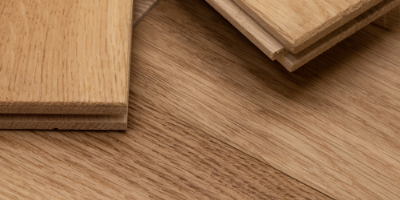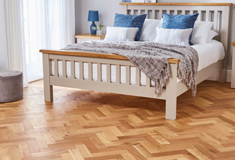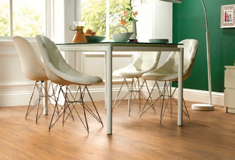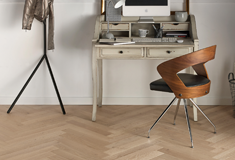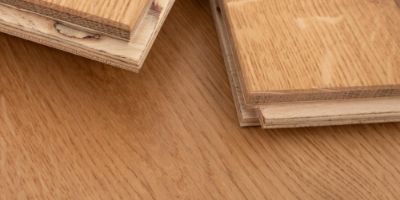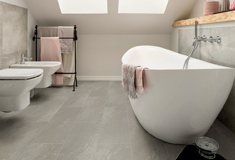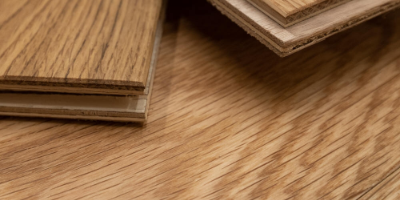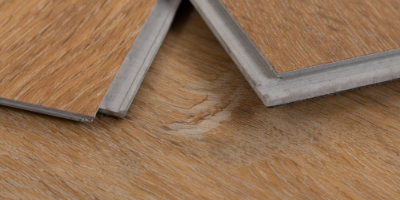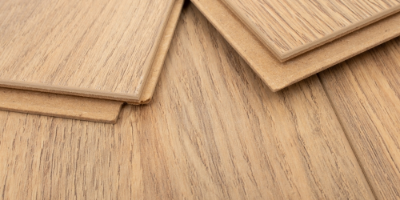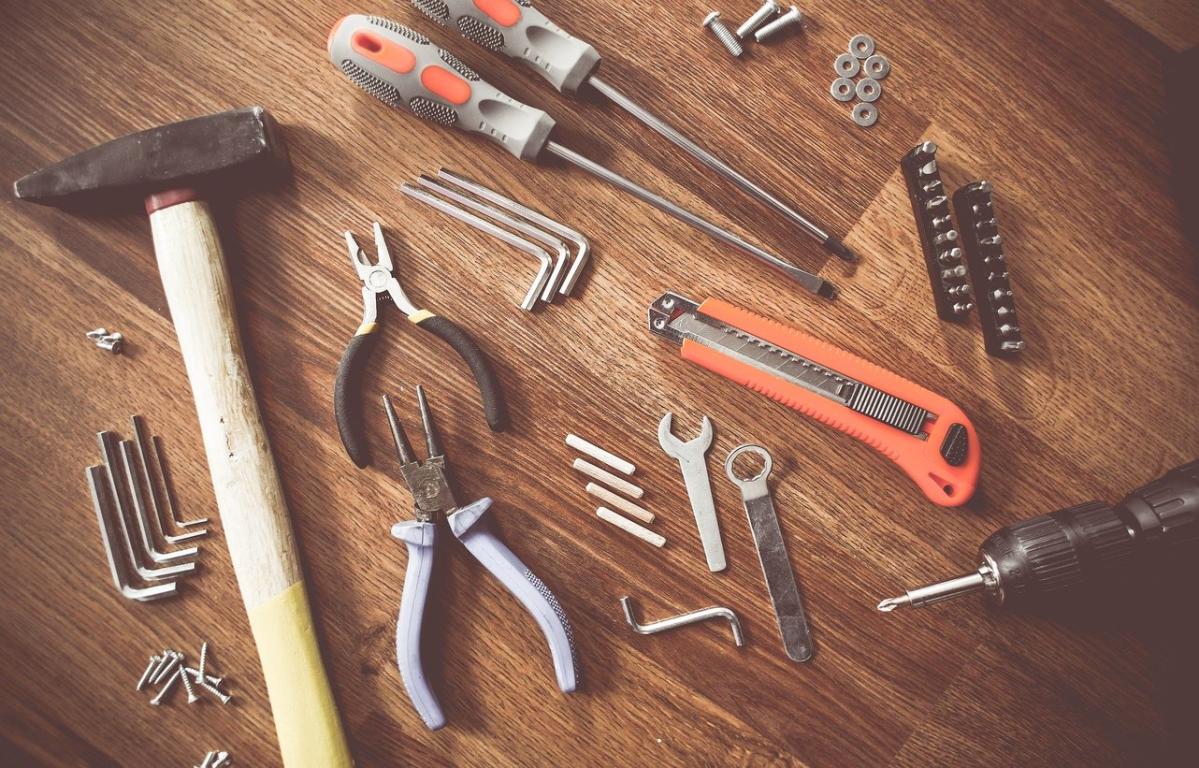Three Common Mistakes When Installing a Floor
Whether you’re new to home improvement or a DIY pro, there are a few things to consider when installing a floor yourself. It’s always important to be realistic about your skill level, if you’re not confident, always consult a professional fitter or joiner. This post brings you the most common mistakes people make when installing their floor themselves and the ways to avoid disasters.
Not Considering Underfloor Heating
This is very important, as having underfloor heating determines the kind of floor that you need to use. In the case you have bought a beautiful hardwood floor, you’d better return it, as solid wood floor cannot withstand temperature fluctuations. As a natural material, the wood will contract and expand in reaction to heat and this can cause the boards to warp or split. But don’t worry, there are plenty of other choices that are suitable for use with underfloor heating. Engineered wood flooring is made of plywood layer and is topped up by a solid wood. It is thanks to this that engineered wood can be placed over underfloor heating. The plywood layers can perfectly adapt to heating and won’t cause damage to your floor. Other floors that you could consider are both laminate and vinyl flooring.
Not Checking Moisture Levels
Climate and humidity also play an important part in choosing your floor. This is especially important in kitchens and bathrooms. For these rooms, look for floors that are water resistant to stop moisture from damaging the boards. When installing floor in a bathroom, never use solid of engineered wood. These rooms have excessive exposure to humidity and therefore moisture. These floors are not water resistant so will swell and absorb liquid. Your best bet for rooms with high moisture levels would be a laminate floor. Laminate flooring is highly water resistant and can still give you that beautiful wood look. Similarly, vinyl floor tiles are also ideal for these rooms and these floors are available in both tile and wood effect.
Forgetting About Additional Joining Methods
Depending of the method used to install the floor, you might or might not need some additional joining materials. For instance, engineered or laminate floors are floating floors, which means that you can put these floors straight down. This is thanks to the handy click system found with floating floors which means they don’t need anything else to join them. This type of installation can be found in some hardwood and engineered floors but also in some vinyl and laminate floors too. However, if you have purchased a floor with a tongue and groove installation method, then you will have to use a subfloor as well as nails and glue. Failing to do this, your floor will become loose, have gaps and even squeak. Its crucial therefore to always get yourself clued up about the joining methods needed for the floor of your choice.
As you can see, these mistakes are more about lack of information and prevention. So fear not, if you pay attention to these little details you will be able to install your flooring without trouble.
Have Your Say
Have you any tips to share with us? Don't forget to leave a comment down below!
Find us on Facebook, Twitter, and Instagram for more news, blog posts, and great content.

